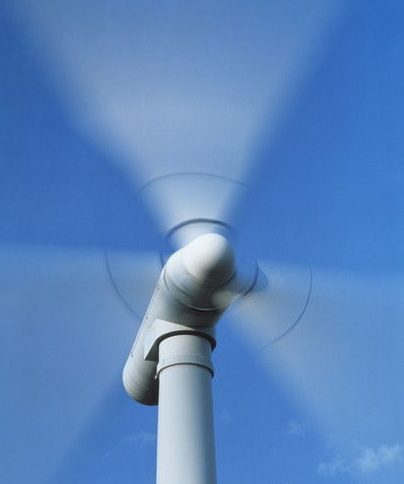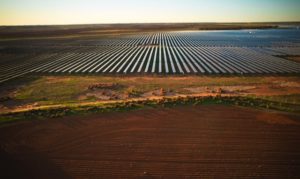The Finkel report into Australia’s National Energy Market says the settings on wind farms that were cited in reports on the blackout in South Australia in September were known about in Europe more than a decade ago, and resolved.
The observation in the Finkel review – which confirms industry advice – will raise more questions about the management of the grid by the Australian Energy Market Operator, which has claimed it was unaware that many wind farms had settings, known as fault ride-through mechanisms, that were only designed to ride through a small number of faults.

Many observers believe it disingenuous, at best, that the market operator was not aware of key settings on the equipment it was required to manage. They will be watching with interest when AEMO releases its latest report on the blackout early next week.
Finkel sought advice from the International Energy Agency on the high levels of renewable energy penetration in South Australia and how to manage that growth in the rest of the country. South Australia, and the wind farm settings, was a key issue.
“With wind energy, the requirement to disconnect in the case of a fault following a short voltage dip was found to be a threat to system security in Europe about 10 years ago,” the IEA report noted.
“This problem was due to the way it was configured to operate. By requiring fault ride through (FRT) capabilities from VRE (variable renewable energy) power plants, this issue of single voltage dips has been since resolved.”
So much so that the occurrences of VRE generators disconnecting after a voltage dip have been reduced to zero in countries like Spain.
Indeed, while the AEMO reports have invited critics to focus the blame on wind farms – despite emphasising that it was not the nature of wind farms that was to blame – an invitation that the Coalition and conservative media did not need repeating, new study suggests that the blame may lay elsewhere.
RES and Lloyds Register this week released a report suggesting that the “wobbles” of gas generators – when the turbines over-compensated for changes in the network – could have been a major contributing factor in the outage. The study suggests that inverter linked renewables with storage could have avoided the blackout by responding to changes in milliseconds and keeping the network stable.
The Finkel report implies that Australia’s grid is no longer fit for purpose, saying it is antiquated and does not have the policies and market design that would encourage the technology solutions that already exist for high levels of wind and solar.
The advice from the IEA suggested many countries have much higher levels of renewable energy than Australia. Finkel sought advice from the International Energy Agency on the high levels of renewable energy penetration in South Australia and how to manage that growth in the rest of the country.
The IEA responded by saying that many countries had changed their market designed to accommodate higher levels of wind and solar, including Ireland, which had a 50 per cent cap on wind energy but is now looking to expand that to 75 per cent.
The Finkel Review underlined the need for co-ordinated policy, noting that the dramatic changes in energy systems were unstoppable, and would be driven by consumer interest in solar and battery storage as they reacted to the plunging cost of new technologies and the soaring cost of grid energy.










